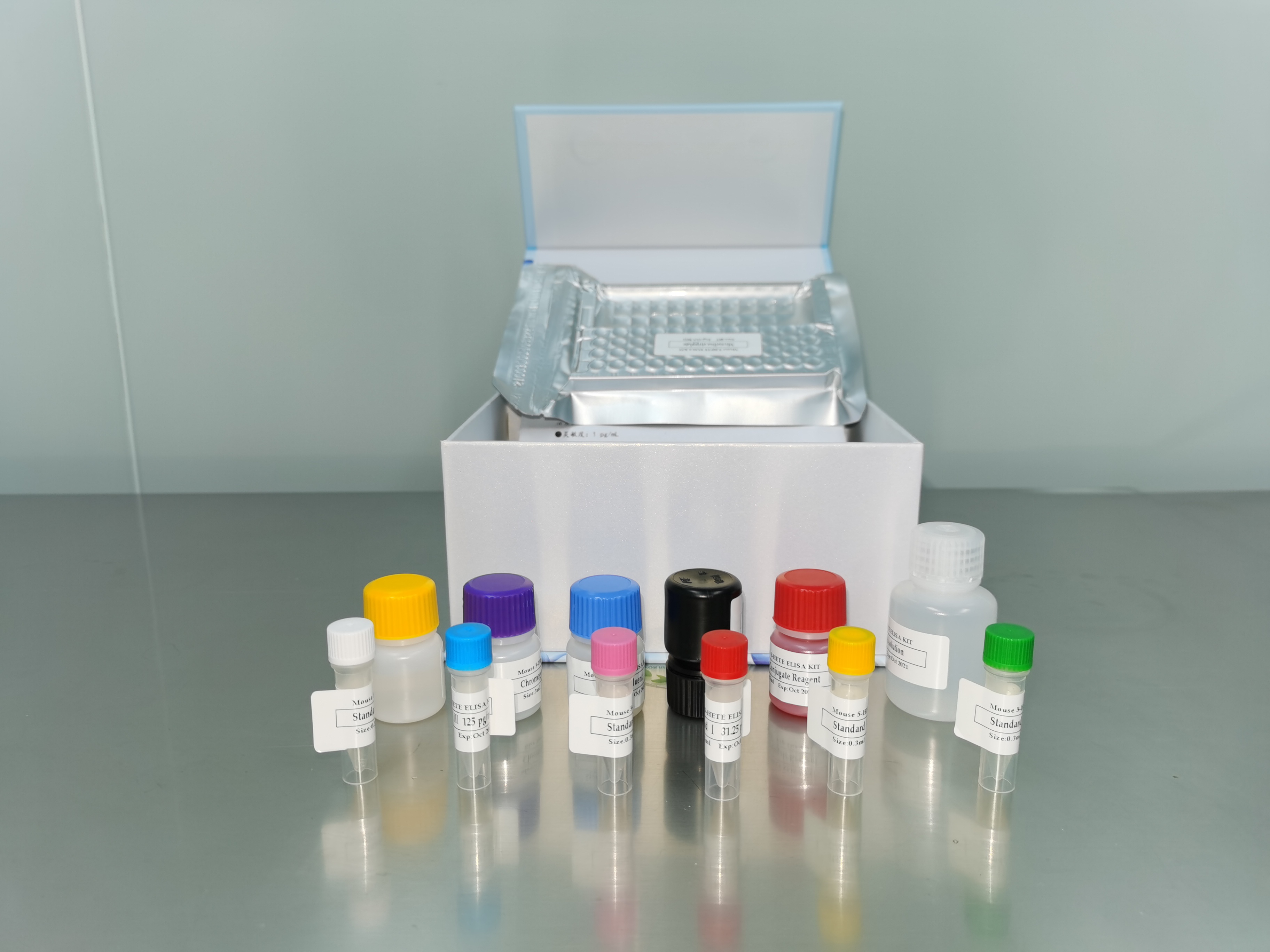| 产品名称: | F.thy 62891 |
|---|---|
| 商品货号: | TS141933 |
| Organism: | Homo sapiens, human |
| Tissue: | mixed; thymus |
| Cell Type: | immortalized with SV40 large T antigen |
| Product Format: | frozen |
| Morphology: | fibroblast |
| Culture Properties: | adherent |
| Biosafety Level: | 2
Biosafety classification is based on U.S. Public Health Service Guidelines, it is the responsibility of the customer to ensure that their facilities comply with biosafety regulations for their own country. |
| Age: | 20 weeks gestation fetus |
| Applications: | The F.thy 62891 cell line produces ligands of flk-1. The cell line was derived from human fetal thymus tissue and immortalized by transformation with an ecotropic retrovirus containing a temperature sensitive SV40 T-antigen (tsA58) and a G418 resistance gene. |
| Storage Conditions: | liquid nitrogen vapor phase |
| Disclosure: | This material is cited in a US or other Patent and may not be used to infringe the claims. Depending on the wishes of the Depositor, ATCC may be required to inform the Patent Depositor of the party to which the material was furnished. This material may not have been produced or characterized by ATCC. |
| Images: |  |
| Derivation: | The cell line was derived from human fetal thymus tissue and immortalized by transformation with an ecotropic retrovirus containing a temperature sensitive SV40 T-antigen (tsA58) and a G418 resistance gene. After several days at 37C, the temperature of the medium was lowered to 32C. Cells were selected with G418 (0.5 mg/ml). The selected cells were expanded and maintained. The F.thy 62891 cell line produces ligands of flk-1. |
| Comments: | The cell line was derived from human fetal thymus tissue and immortalized by transformation with an ecotropic retrovirus containing a temperature sensitive SV40 T-antigen (tsA58) and a G418 resistance gene. After several days at 37C, the temperature of the medium was lowered to 32C. Cells were selected with G418 (0.5 mg/ml). The selected cells were expanded and maintained. The F.thy 62891 cell line produces ligands of flk-1. |
| Complete Growth Medium: | Iscoves modified Dulbeccos medium with 4 mM L-glutamine adjusted to contain 1.5 g/L sodium bicarbonate and supplemented with 1 mM sodium pyruvate, 5% human AB serum and 10% fetal bovine serum.
|
| Subculturing: | Volumes used in this protocol are for 75 cm2 flask; proportionally reduce or increase amount of dissociation medium for culture vessels of other sizes.
Subcultivation Ratio: 1:3 to 1:6 Note: For more information on enzymatic dissociation and subculturing of cell lines consult Chapter 10 in Culture of Animal Cells, a Manual of Basic Technique by R. Ian Freshney, 3rd edition, published by Alan R. Liss, N.Y., 1994. |
| Cryopreservation: | Complete growth medium described above supplemented with 5% (v/v) DMSO.xa0 Cell culture tested DMSO is available as ATCC Catalog No. 4-X. |
| Culture Conditions: | Temperature: 37°C
Atmosphere: Air, 95%; Carbon dioxide (CO2), 5% |
| Population Doubling Time: | 110 hrs |
| Name of Depositor: | ImClone Systems Inc. |
| U.S. Patent Number: | |
| References: | Lemischka IR. Nucleic acids encoding hencatoporetic stem cell receptor flk-2. US Patent 5,185,438 dated Feb 9 1993 Lemischka IR. Nucleic acids encoding fragments of hematopoietic stem cell receptor flk-2. US Patent 5,270,458 dated Dec 14 1993 Lemischka IR. Nucleic acids encoding hematopoietic stem cells receptors flk-1. US Patent 5,283,354 dated Feb 1 1994 Lemischka IR. Tyrosine kinase receptor flk-2 and fragments thereof. US Patent 5,367,057 dated Nov 22 1994 Lemischka IR. Tyrosine kinase receptor human flk-2-specific antibodies. US Patent 5,548,065 dated Aug 20 1996 Lemischka IR. Nucleic acids encoding soluble human FLK-2 extracellular domain. US Patent 5,621,090 dated Apr 15 1997 Lemischka IR. Antibodies against tyrosine kinase receptor flk-1. US Patent 5,747,651 dated May 5 1998 Lemischka IR. Method for isolating stem cells expressing flk-1 receptors. US Patent 5,912,133 dated Jun 15 1999 Hay, R. J., Caputo, J. L., and Macy, M. L., Eds. (1992), ATCC Quality Control Methods for Cell Lines. 2nd edition, Published by ATCC. Caputo, J. L., Biosafety procedures in cell culture. J. Tissue Culture Methods 11:223-227, 1988. Fleming, D.O., Richardson, J. H., Tulis, J.J. and Vesley, D., (1995) Laboratory Safety: Principles and Practice. Second edition, ASM press, Washington, DC. Biosafety in Microbiological and Biomedical Laboratories, 5th ed. HHS. U.S. Department of Health and Human Services, Centers for Disease Control and Prevention. Washington DC: U.S. Government Printing Office; 2007. The entire text is available online. |


